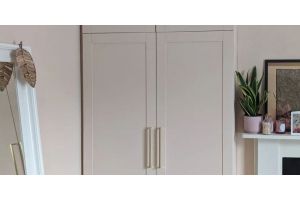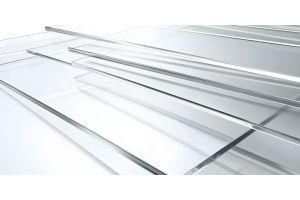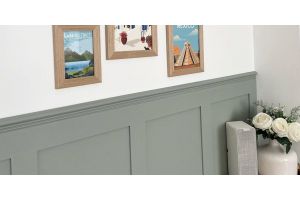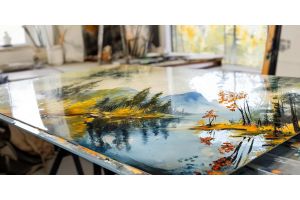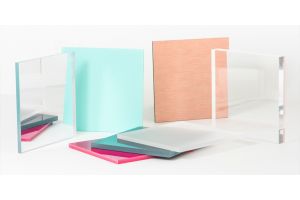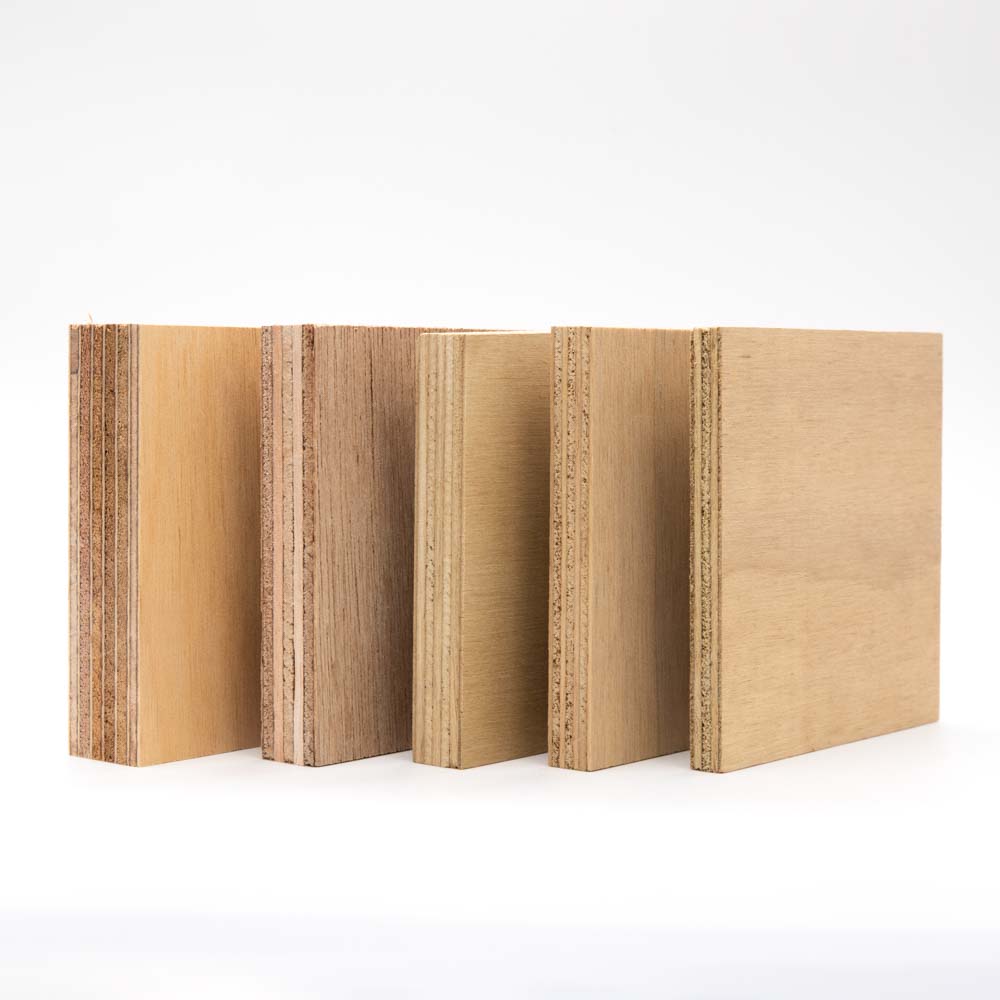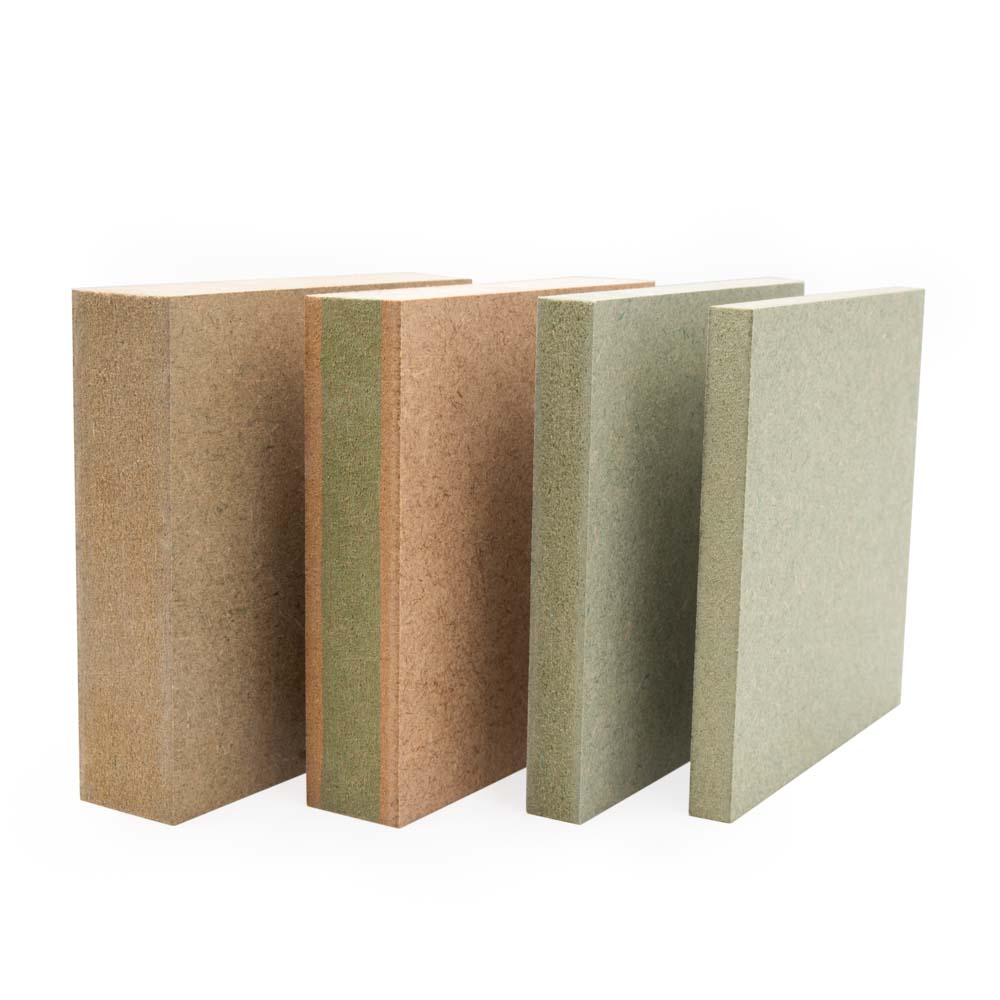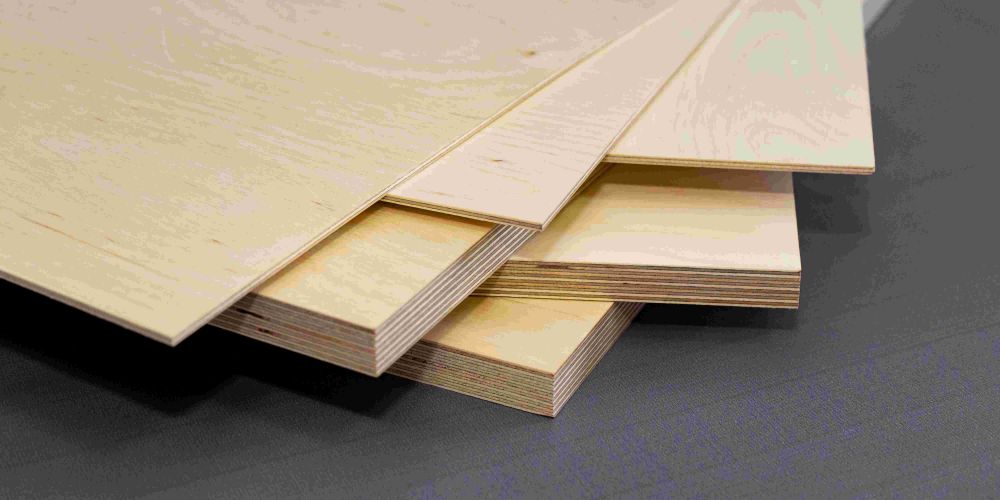
Plywood is a common material in many construction and DIY projects in the UK. It provides an affordable, stable and easy-to-work-with sheet material for everything from sheds to furniture. However, untreated plywood sheets left exposed to the elements will quickly deteriorate and rot. Applying waterproof treatments is essential for extending life and enhancing the durability of plywood when used in outdoor settings or damp indoor environments.
Why Waterproof Plywood?
There are several important reasons to waterproof plywood destined for exterior use or wet indoor conditions:
Prevent Water Damage
Plywood is made of layers of wood veneer glued together. The wood fibres will expand, warp and rot when subjected to prolonged wetting from rain, ground moisture or plumbing leaks. Waterproofing creates a protective barrier.
Stop Delamination
Moisture introduces shear stresses between the laminated layers of plywood, causing the layers to separate over time (known as delamination). Waterproofing seals the plywood to resist this deterioration.
Reduce Surface Degradation
Unprotected plywood develops raised fibres, cracks, splinters and roughness when exposed to weathering. Waterproofing maintains a smoother surface and prevents further degradation.
Improve Longevity
The expected service life of exterior plywood is greatly extended, from less than 2 years to 10 years or longer, when adequate waterproofing methods are applied. This prevents frequent plywood replacement costs.
Enhance Appearance
Waterproofed plywood better retains its colour and aesthetic appeal instead of turning grey and blotchy when unprotected from the elements.
Allow Exterior Use
Decks, steps, planter boxes, benches, gates, fence panels and other outdoor wood structures all require properly waterproofed plywood to prevent rapid failure.
How to Waterproof Plywood
There are several effective and cost-efficient methods for waterproofing plywood:
1) Epoxy Resin
Two-part epoxy formulas create a thick plastic-like coating when brushed or rolled onto plywood. Epoxy bonds tenaciously and provides superior water resistance. Ideal for boats and other marine uses.
2) Exterior Wood Varnish
Multiple coats of varnish formulated for outdoor wood protection will effectively seal and waterproof plywood. Brands like Ronseal and Cuprinol are readily available.
3) Exterior Emulsion Paint
Latex-based exterior grade paint contains water-repellent additives and UV blockers. Apply at least 2-3 coats following the manufacturer’s instructions for proper protection.
4) Bitumen Paint
Solvent-based bituminous paint (often black in colour) forms a thick, rubbery coating. Provides economical waterproofing for general exterior applications once fully cured.
5) Self-Adhesive Membranes
Roll-on bitumen, rubberised asphalt or butyl sheeting creates a water barrier and seals around fasteners when applied to plywood. Ideal beneath roofing or on foundation walls.
6) Marine Epoxy Paints
Two-part epoxy paints approved for fibreglass boat hulls offer maximum plywood waterproofing. Ensure proper prep and application for satisfactory results.
7) Consider Marine-Grade Plywood
For ultimate water protection, marine-grade plywood is purpose-built to withstand wet conditions. It features:
- Waterproof adhesives - Resists delamination and ply separation when soaked.
- Denser woods - Slows water penetration into the wood fibres.
- Sealed surfaces - No gaps between veneers prevent internal moisture access.
- Knot-free outer plies - Provides smoother, more uniform surfaces for finishing.
- Fungicide treatment - Added resistance to surface mould and fungal decay.
For critical structural or aesthetic projects where the plywood will be exposed to water, marine models deliver peace of mind. The engineered enhancements create resilience well beyond what is possible with basic plywood and aftermarket sealants. Investing in marine-grade plywood upfront brings lasting value to important outdoor projects.
Preparation and Application Tips
Proper surface preparation and application techniques are crucial for the selected waterproofing method to perform as intended:
- Clean and Sand Surface - Remove dirt, grease, loose fibres and existing coatings to create a smooth, uniform surface for maximum adhesion. Lightly sanding also opens the pores for better penetration.
- Seal Edges - Brush varnish, water-resistant wood filler or tape onto all plywood edges to prevent moisture from wicking through the end grain. Aluminium edging strips provide durable edge protection.
- Fill Holes and Gaps - Use appropriate wood filler to patch screw holes, cracks and any imperfections before waterproofing. This prevents moisture intrusion through vulnerable areas.
- Follow Manufacturer Instructions - Carefully follow the directed application method, recoat times, temperature range and other specifications for optimal results. Applying too thin or skipping recommended coats severely compromises performance.
- Allow Proper Curing - Waterproofing effectiveness develops fully once the coating or treatment has had sufficient time to bond and cure completely. Do not expose plywood prematurely before the product has hardened properly.
- Apply to All Surfaces - Ensure waterproofing material covers all sides of the plywood, not just the outward-facing finished side. Edge sealing is also critical.
By properly preparing plywood surfaces and using the right waterproofing products, homeowners, hobbyists and craftspeople can protect exterior plywood structures from rain, ground moisture and other wet conditions. This prevents rot and extends the service life so plywood projects can continue looking their best for years before maintenance is required. Always be sure to check with manufacturers if you're unsure of the best product or application method for a particular project.


